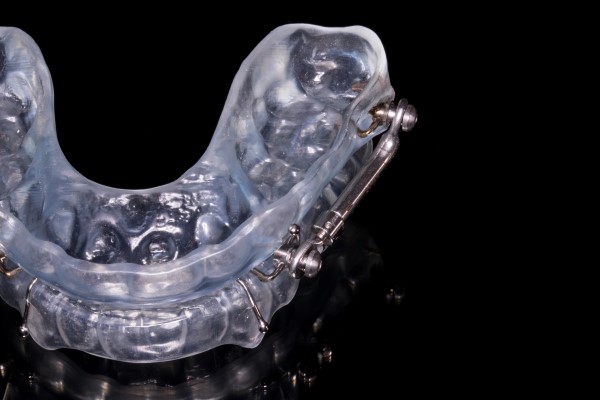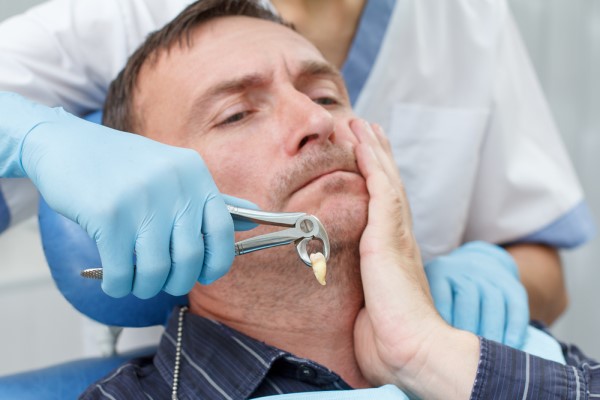The 3 Levels of Sedation Dentistry

Thinking about using sedation dentistry? If you feel any anxiety or fear when going to the dental office, finding out more about your dental sedation options is a great idea. It is essential that you go to your regular dental appointments, as these support your good oral health. When anxiety or fear gets in the way, you need to find a solution that still allows you to make it to your dental appointments.
What does sedation dentistry mean?
Wondering what exactly sedation dentistry means? Also called dental sedation, sedation dentistry helps patients when they experience any degree of dental anxiety or dental fear. They can choose dental sedation, which is available specifically for this reason. Sedation is given to patients with a purpose of calming and relaxing them to the point that they temporarily experience minimal or no anxiety or fear during their dental procedure.
The three levels of sedation dentistry
The following is a list of the three levels of sedation dentistry. It will depend on the individual dental patient as to which level is going to work for them. They first must make an appointment with a dental professional. During this appointment, they will let the dental professional know what types of feelings they experience at the dental office, allowing the professional to choose the right level of sedation for them.
#1. Minimal sedation
The minimal sedation option allows patients to feel relaxed yet remain fully awake. They should feel calm and comfortable, so much so that they will not mind sitting in a dental chair and having any necessary procedures performed. Minimal sedation is administered either by taking a prescribed pill about an hour before the appointment or by inhaling nitrous oxide at the dental office. After treatment, it only takes a few minutes for the effects of the sedation to wear off.
#2. Moderate sedation
The moderate sedation option allows patients to feel relaxed yet awake. They probably will not remember much about the procedure, though they should be able to respond when questions are asked, etc. Moderate sedation is administered via injection and works within a few minutes of the medication entering the bloodstream. After treatment, it can take up to 20 minutes for the effects of this level of sedation to wear off.
#3. Deep sedation
The deep sedation option allows patients to virtually have no memory of the procedure, as they will, for the most part, be unconscious during the procedure. This is an option for patients who experience severe dental anxiety or fear and therefore need this deep sedation level in order to undergo any necessary dental treatments. After treatment, it will take up to 24 hours for the effects of this level of sedation to fully wear off.
Are you overdue for a dental appointment?
Now that you understand more about sedation dentistry, are you in need of a dental appointment? During this appointment, you can ask our experienced dentist any questions you have about which sedation level is right for you. You will receive all the answers you need, so you can feel comfortable and confident with dental sedation. Ready to get the sedation help that you need?
Are you considering sedation dentistry in the Marietta area? Get more information at https://www.mytotaldentistry.com.
Check out what others are saying about our services on Yelp: Read our Yelp reviews.
Recent Posts
Sleep apnea interrupts your breathing while you are asleep, which forces your brain to momentarily wake you up to restart your breathing. These interruptions can occur hundreds of times during a single night, making it impossible to get quality sleep. Sleep apnea can also have life-threatening consequences when left untreated for prolonged periods. In addition,…
A tooth extraction might be necessary for multiple instances. The tooth comes out of the patient’s mouth because of an infection or other reasons. A dentist tries to keep the teeth intact as long as possible, but not every tooth can be saved. Keep reading to learn more about why you might need an extraction.Tooth…
Invisalign® for Teens is a viable option for some dental patients but not all. Your child's dentist will consider certain factors, such as how crooked the child's teeth are. If your teenager is a candidate for Invisalign, you can weigh the pros and cons of aligners and traditional braces to decide which works with your…
Endodontics is a branch of dentistry that focuses on studying, diagnosing, and treating problems affecting teeth pulp. The most commonly performed endodontic treatment used in dentistry is the root canal, and it allows dentists to save teeth that have severe damage or decay.Root canal treatments are often the last defense when saving a tooth. A…


